What can you tell me about this linen press?
kpaquette
14 years ago
Related Stories

KITCHEN DESIGNHouzz Call: Tell Us About Your First Kitchen
Great or godforsaken? Ragtag or refined? We want to hear about your younger self’s cooking space
Full Story
FUN HOUZZHouzz Call: Tell Us About Your Dream House
Let your home fantasy loose — the sky's the limit, and we want to hear all about it
Full Story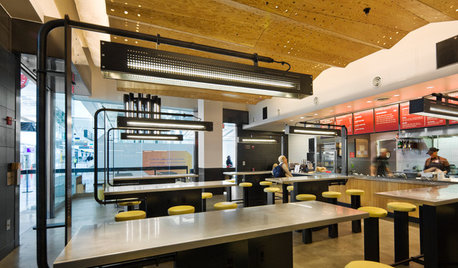
HOME TECHWhat Chipotle and Radiohead Can Teach Us About Sound Quality at Home
Contemporary designs filled with glass and concrete can be hostile environments for great sound quality. Here's how to fix that
Full Story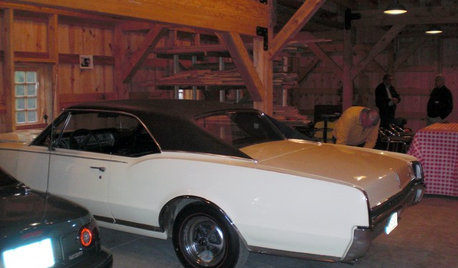
FEEL-GOOD HOMEGuys Tell Us About Their Favorite Places at Home
For Father’s Day, Houzz men show us the places in their homes where they like to hang out
Full Story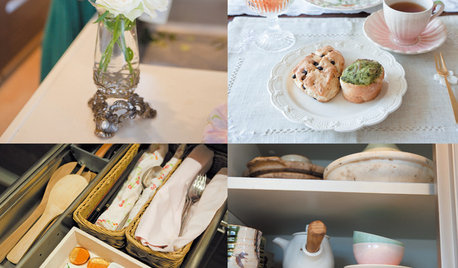
ORGANIZING‘Tidying Up’ Author Marie Kondo Tells How to ‘Spark Joy’ at Home
A new book from the author of ‘The Life-Changing Magic of Tidying Up’ delves deeper into her KonMari Method of decluttering and organizing
Full Story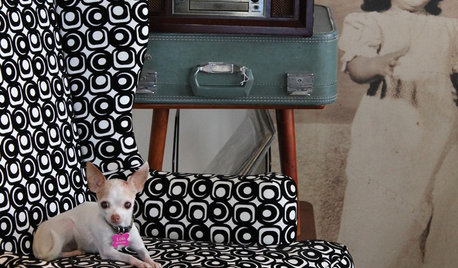
PETSWhat Chihuahuas Can Teach Us About Interior Design
Who knew these tiny dogs could be such a huge fount of design tips? Houzzers did
Full Story
LIFEThe Polite House: How Can I Tell a Construction Crew to Pipe Down?
If workers around your home are doing things that bother you, there’s a diplomatic way to approach them
Full Story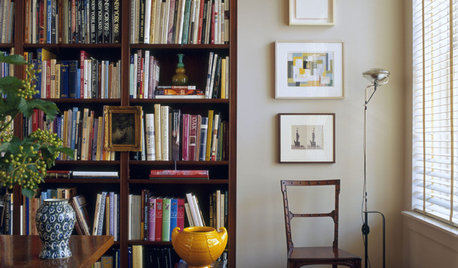
12 Ways Art and Books Can Tell Your Story
Your home may be the ultimate blank canvas. Give every room meaning with books and artwork that speak to you
Full Story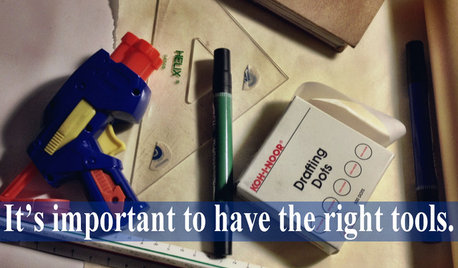
COFFEE WITH AN ARCHITECTWhat My Kids Have Taught Me About Working From Home
Candy and Legos aren't the only things certain small people have brought to my architecture business
Full Story





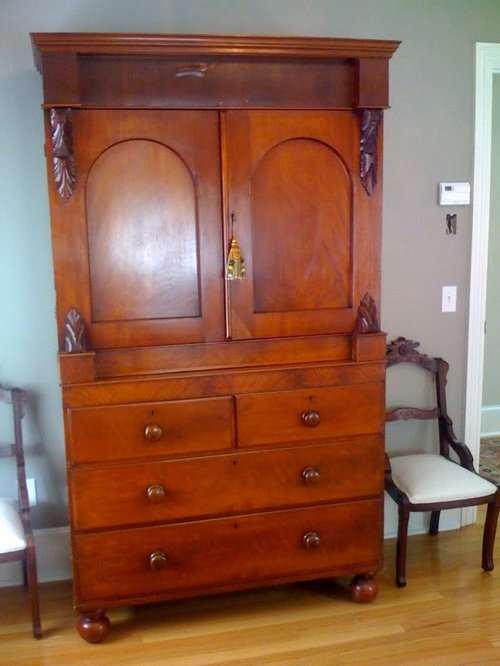
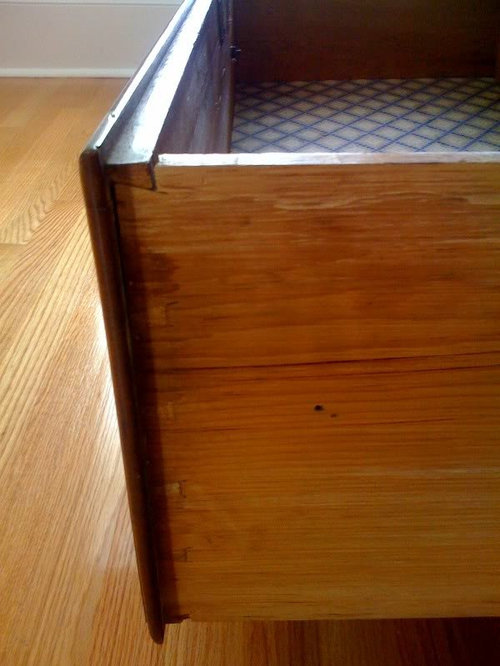
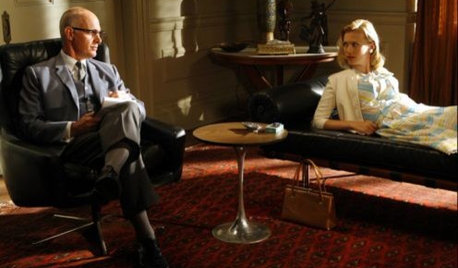
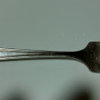
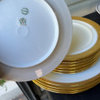


lindac
wendy177
Related Professionals
Reston Furniture & Accessories · Silver Spring Furniture & Accessories · Clark Furniture & Accessories · Rogers Furniture & Accessories · Brookfield Painters · Missouri City Painters · Brea Painters · East Massapequa Painters · Fort Lauderdale Painters · Pasco Painters · SeaTac Painters · Homewood Painters · Jacksonville Professional Organizers · New Brighton Professional Organizers · Verde Village Professional Organizersmoonshadow
lindac
kpaquetteOriginal Author
lindac
kpaquetteOriginal Author
lindac
kpaquetteOriginal Author
lindac
moonshadow
kpaquetteOriginal Author
lindac
moonshadow
kpaquetteOriginal Author
moonshadow
sombreuil_mongrel